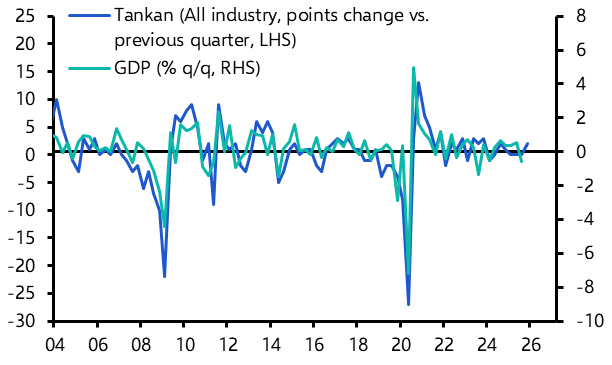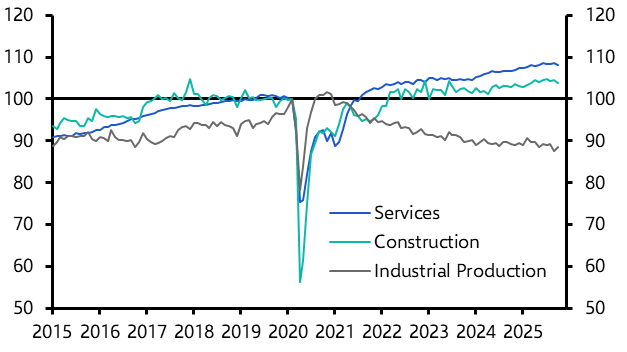Recovery will hinge on the confidence of involuntary savers to spend post-lockdown
The pandemic has done strange things to household finances. On the one hand, it has had a devastating impact on some parts of the labour market. While the speed and scale of the economic shock has made it difficult for the labour statisticians to fully quantify these effects, we estimate that employment in the G7 economies has fallen by around 55 million, with an additional 35 million workers either furloughed or placed on short-working hours as part of government support programmes. Admittedly, that has not necessarily translated into an immediate loss of income since either a temporary increase in unemployment benefits (in the case of the US) or income support provided as part of government-backed furlough programmes (in the case of Europe) have offset some of the loss of earnings from employment. But the threat of a large loss of income looms as government support in its various forms is scaled back.
On the other hand, the shuttering of shops and businesses during lockdowns has meant that those workers that have retained their jobs – and incomes – have not been able to spend their earnings as they might usually do. The result has been that this group of workers has experienced an involuntary rise in their savings. Measuring savings rates is notoriously difficult, and estimates are prone to revision. This makes it difficult to say with much accuracy how much savings rates have increased during the crisis. But the monthly data on savings rates that we do have - as well as the broader evidence contained in the monetary aggregates - all suggest that they have risen sharply during lockdowns.
The result of all of this has been a schism in household finances: one chunk of the population has either experienced a loss of income or is living under threat of an imminent loss of income, while another is flush with cash having experienced a large and involuntary rise in savings. This situation is without parallel in modern recessions. How it plays out will go a long way to determine the pace and shape of the wider economic recovery that now appears to be underway.
If involuntary savings amassed by the second group of workers are run down as economies reopen, then aggregate demand should recover, preventing the threat of the loss of employment and income for the first group from becoming a reality. This is a necessary – though perhaps not sufficient – condition for a v-shaped economic recovery.
In contrast, if the rise in involuntary savings turns into a semi-permanent increase in precautionary savings – perhaps driven by fear of future outbreaks and the economic disruption they would create – then demand will be much slower to recover. In this scenario, unemployed and furloughed workers will eventually suffer a loss of income when the sticking plaster of government support programmes is removed. Under these circumstances, further discretionary fiscal stimulus would be required to prevent the economic recovery experienced in recent weeks from going into reverse.
Which of these two scenarios materialises boils down to a question of confidence. In particular, it will hinge on how confident those that have acquired savings are that they won’t be subject to the same sudden loss of income that now threatens many others. This in turn will depend on the ability of governments to reassure citizens that it will be possible to reopen economies without risking new outbreaks of the virus, and that if new outbreaks do emerge they could be contained without having to reimpose lockdowns. The early signs are that activity has rebounded strongly in May in the US, China and the UK. Sustaining that momentum will depend on whether those fortunate enough to find themselves on the right side of the labour market schism now have the confidence to go out and spend.
In case you missed it:
- Our US property team has just released its latest US Commercial Property Outlook in which we outline reasons to expect a strong recovery in some, but not all, parts of the sector. You can read it here and register for an accompanying webinar here.
- Our Senior Markets Economist, Oliver Jones, makes sense of an odd puzzle in EM equities.
- Meanwhile, our Senior EM Economist, Edward Glossop, finds more evidence of an uneven recovery in emerging economies.




